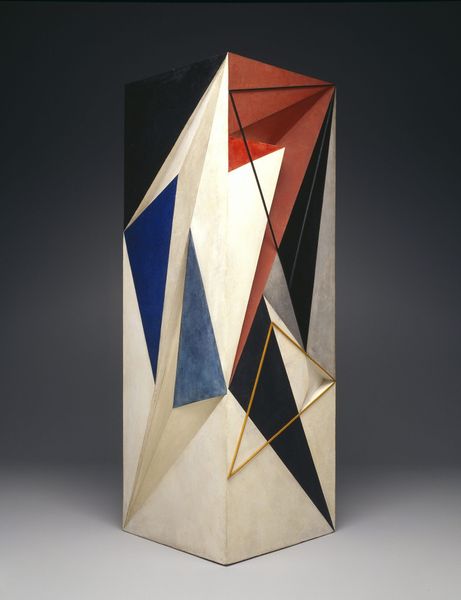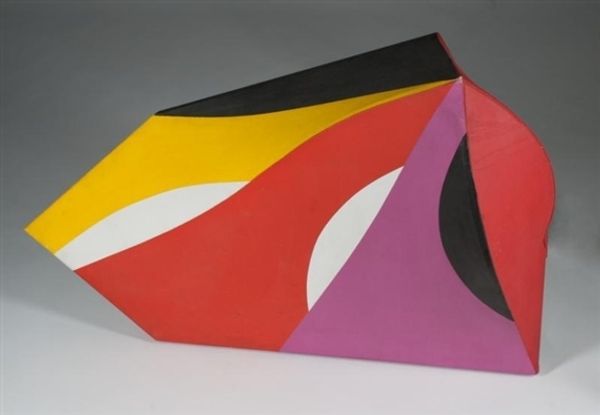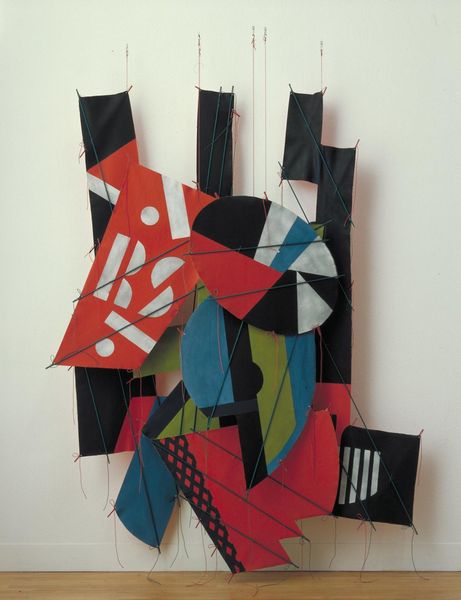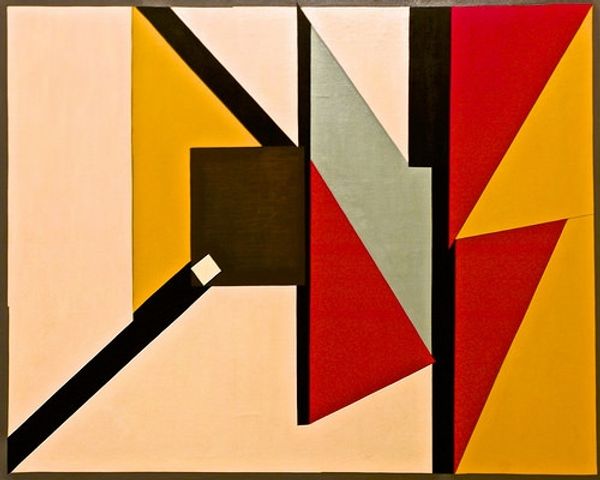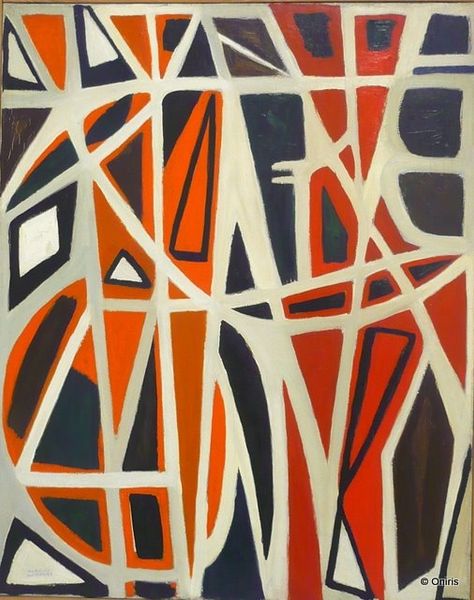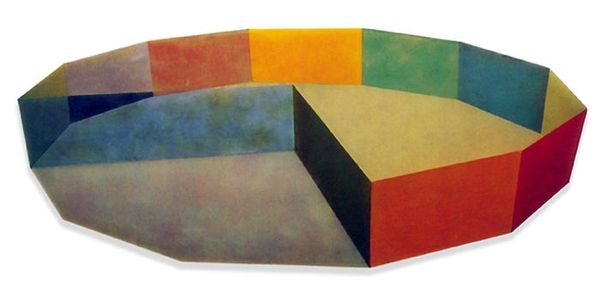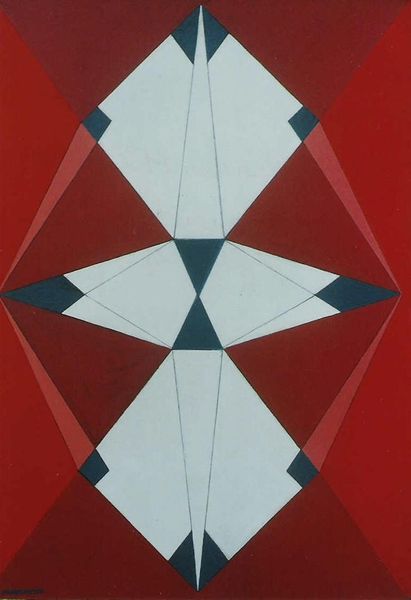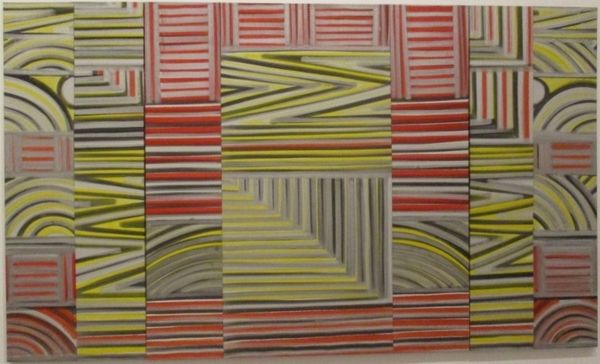
sculpture, wood
#
constructivism
#
form
#
geometric
#
sculpture
#
abstraction
#
line
#
wood
Copyright: Anton Prinner,Fair Use
Anton Prinner made this geometric sculpture, Large Column, out of wood, likely sometime in the mid-20th century. Its sharp angles and use of contrasting colours immediately speak to the influence of Cubism and early Modernism. But Prinner’s particular visual vocabulary might also reflect the tumultuous social and political landscape of Europe during his lifetime. Born in Hungary, Prinner lived through two World Wars and the rise of totalitarian regimes. The angular, fragmented forms could be interpreted as a response to the fragmentation and chaos of the era. Likewise, the use of industrial materials and geometric abstraction might reflect a desire to break from the past and embrace a new, more rational order. Understanding the historical context in which an artwork was created allows us to engage with it on a deeper level, to see it as more than just a pleasing arrangement of forms, but as a reflection of the complex social, political, and cultural forces that shaped its creation.
Comments
No comments
Be the first to comment and join the conversation on the ultimate creative platform.
